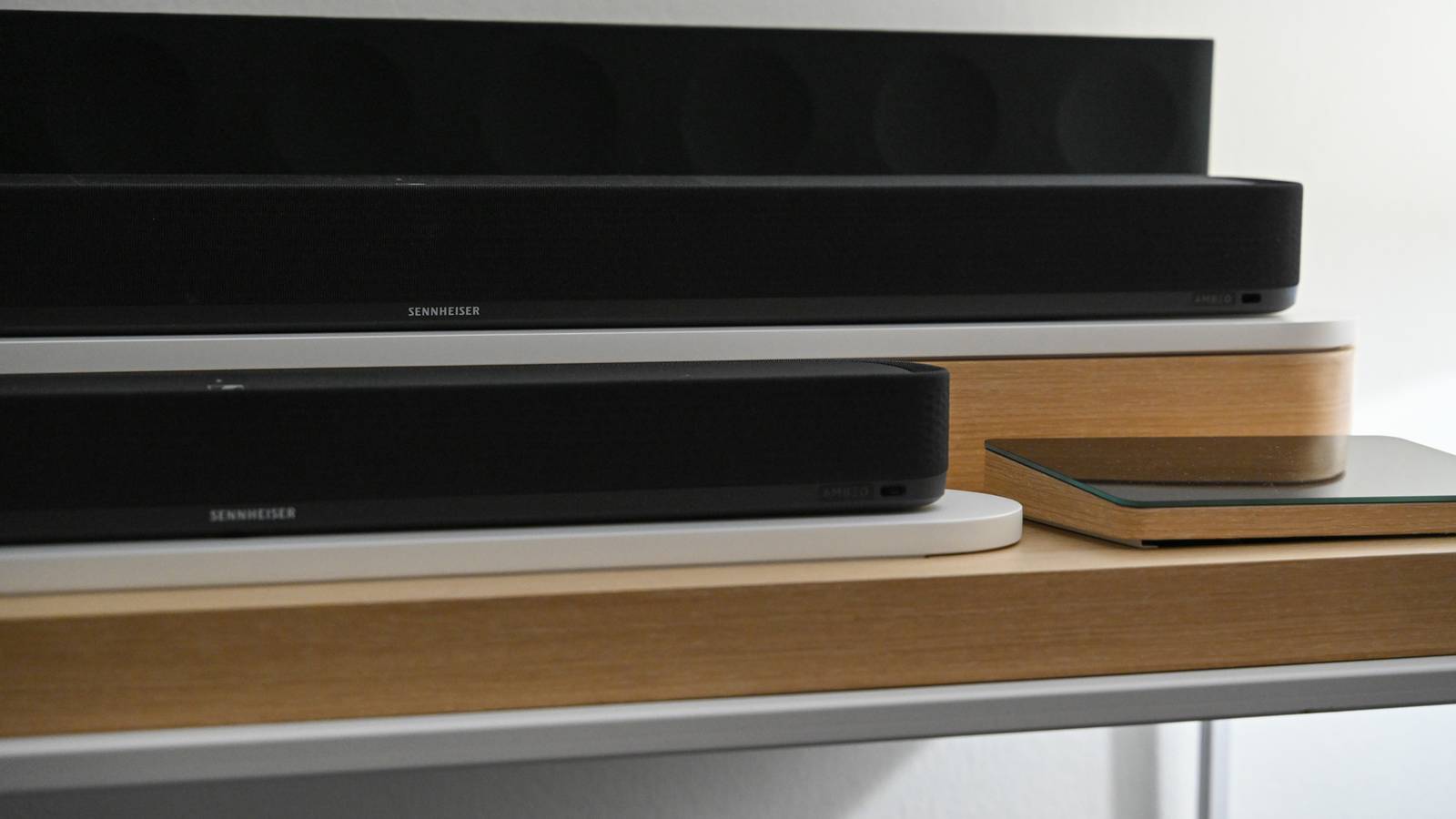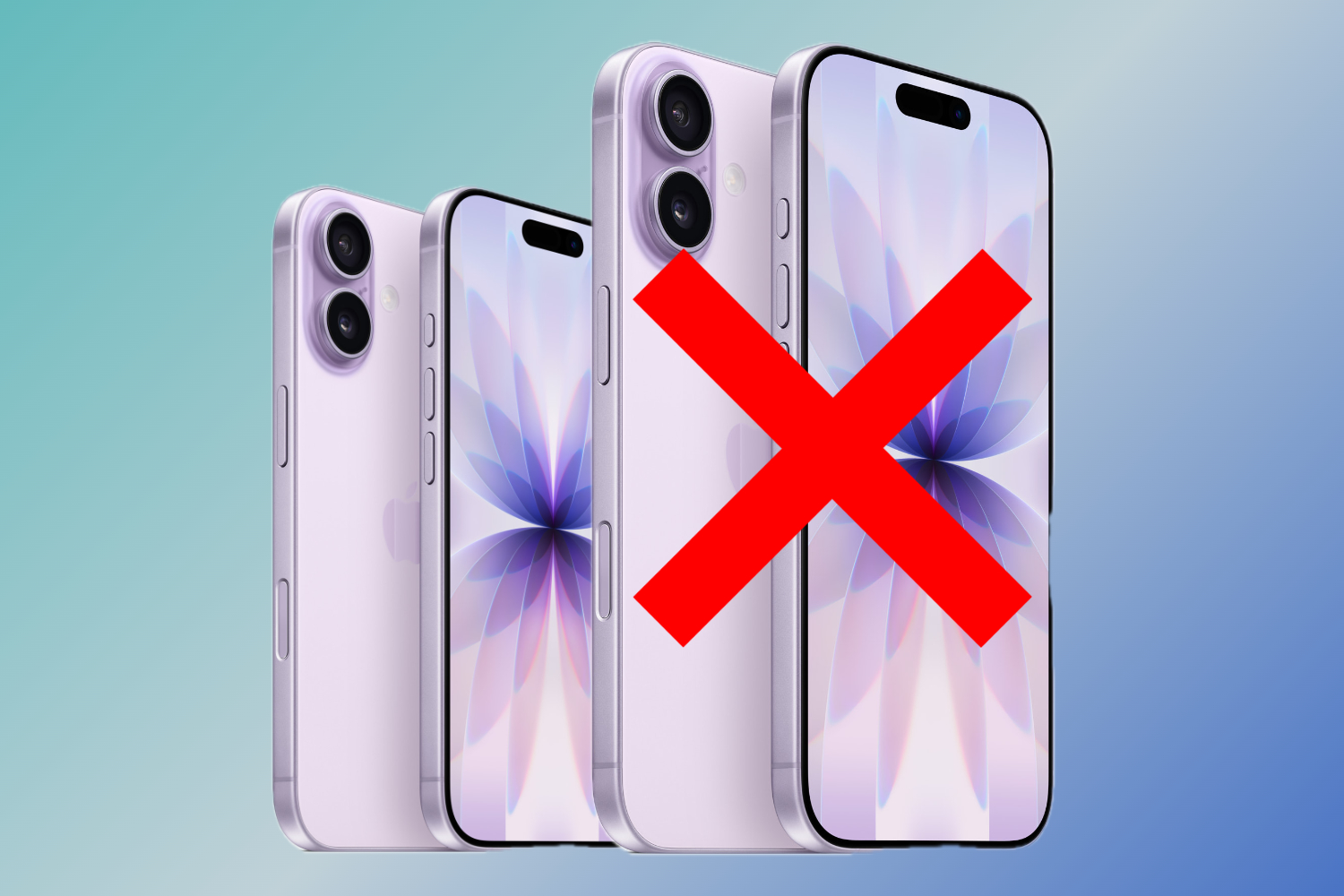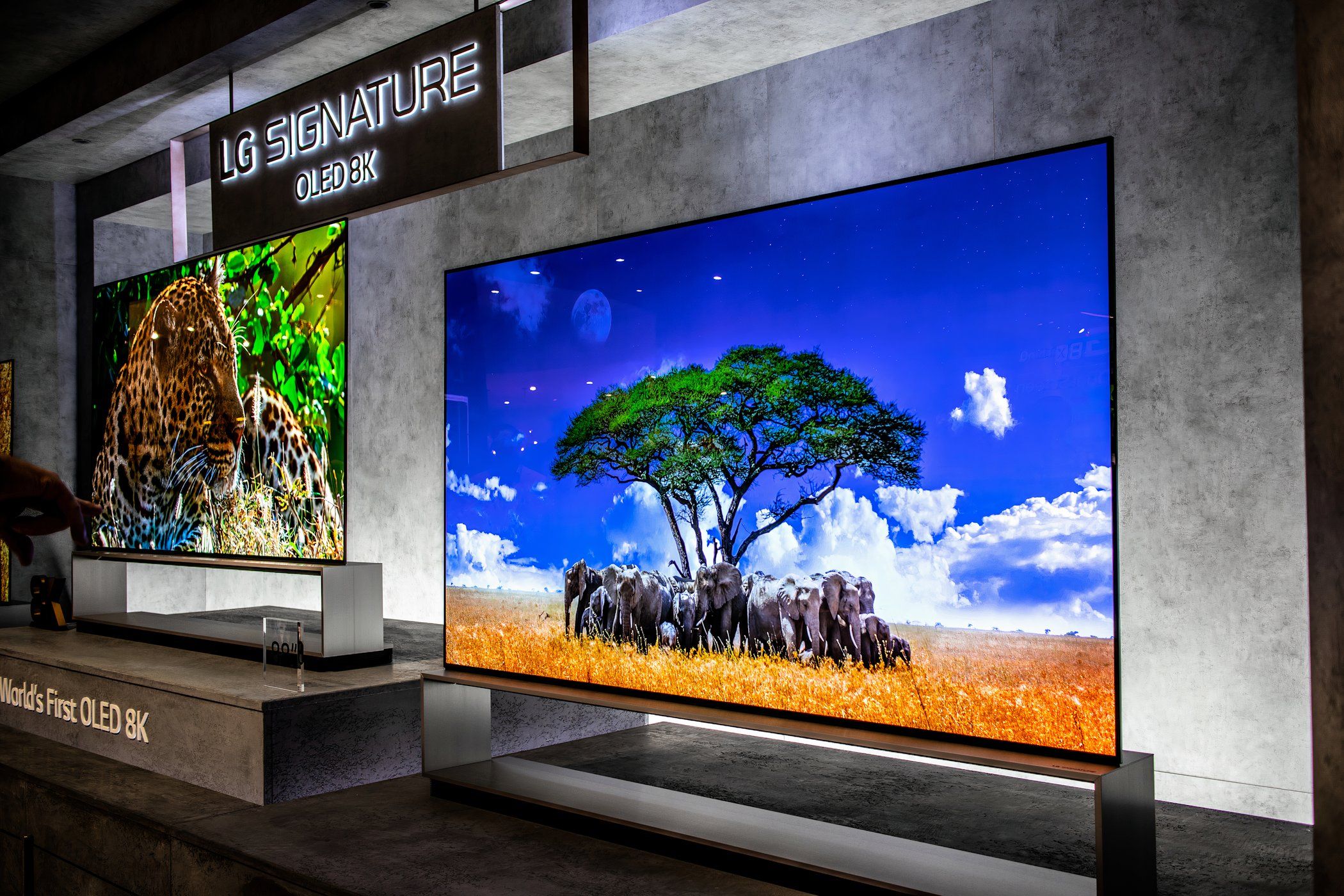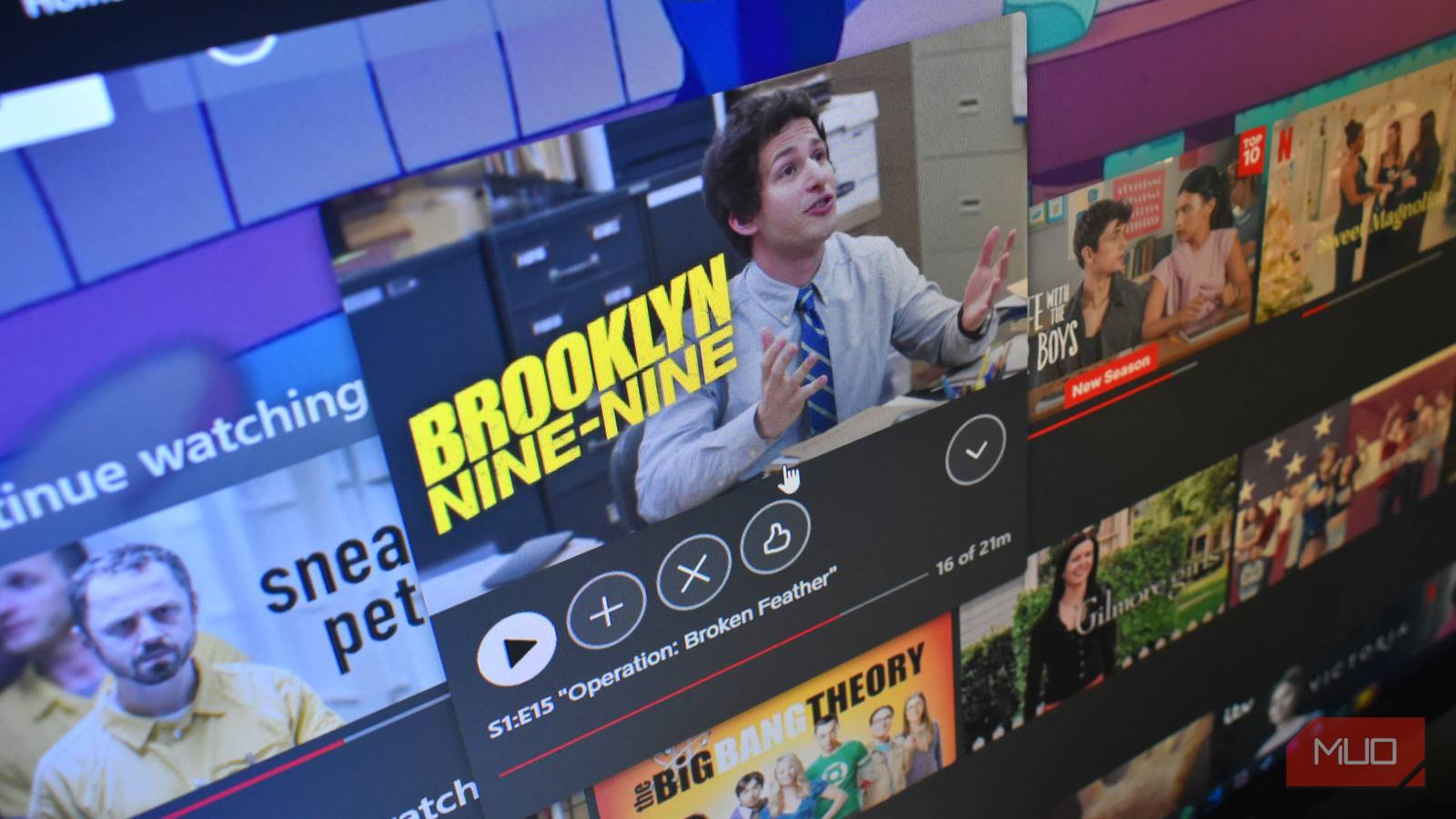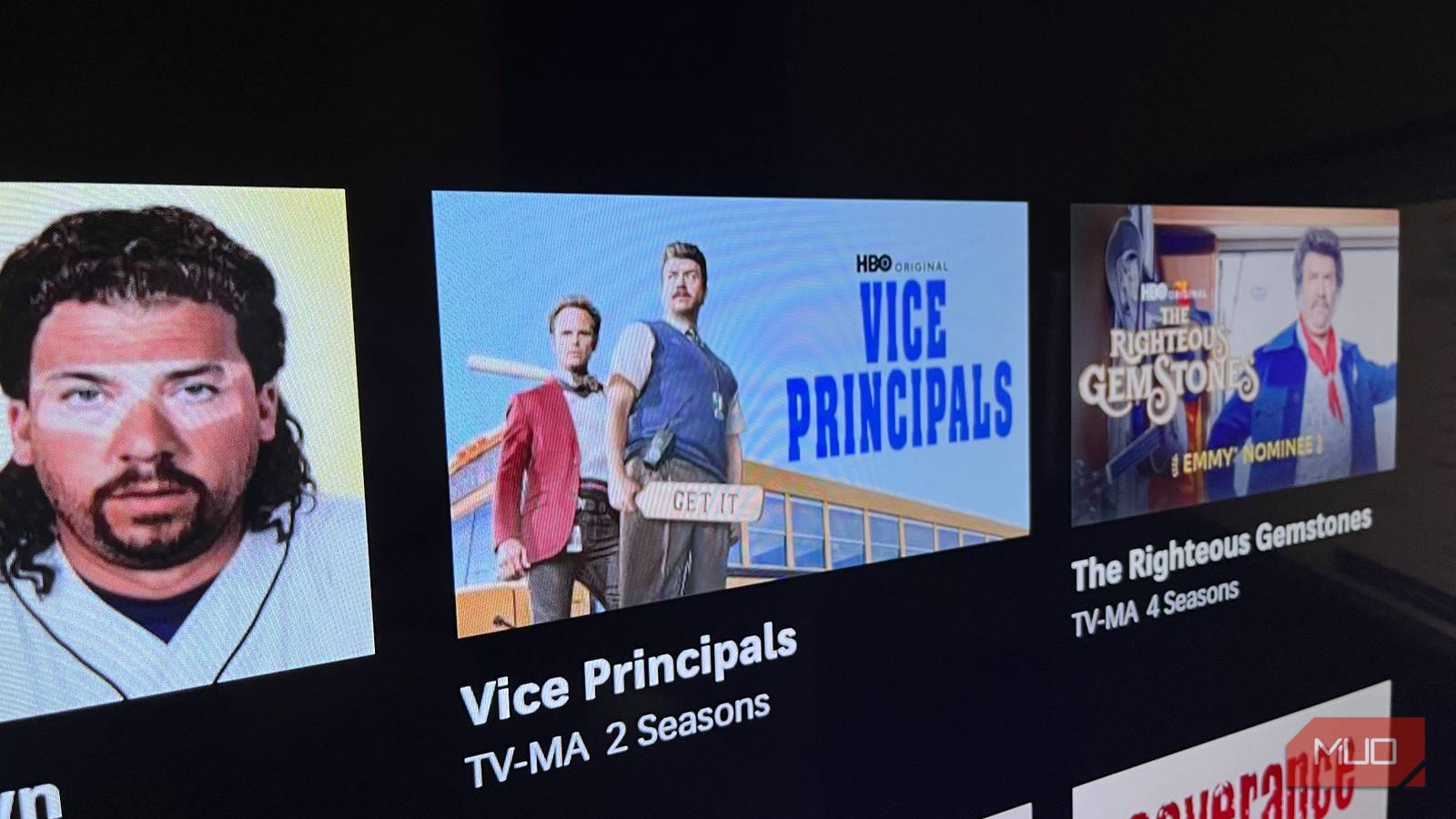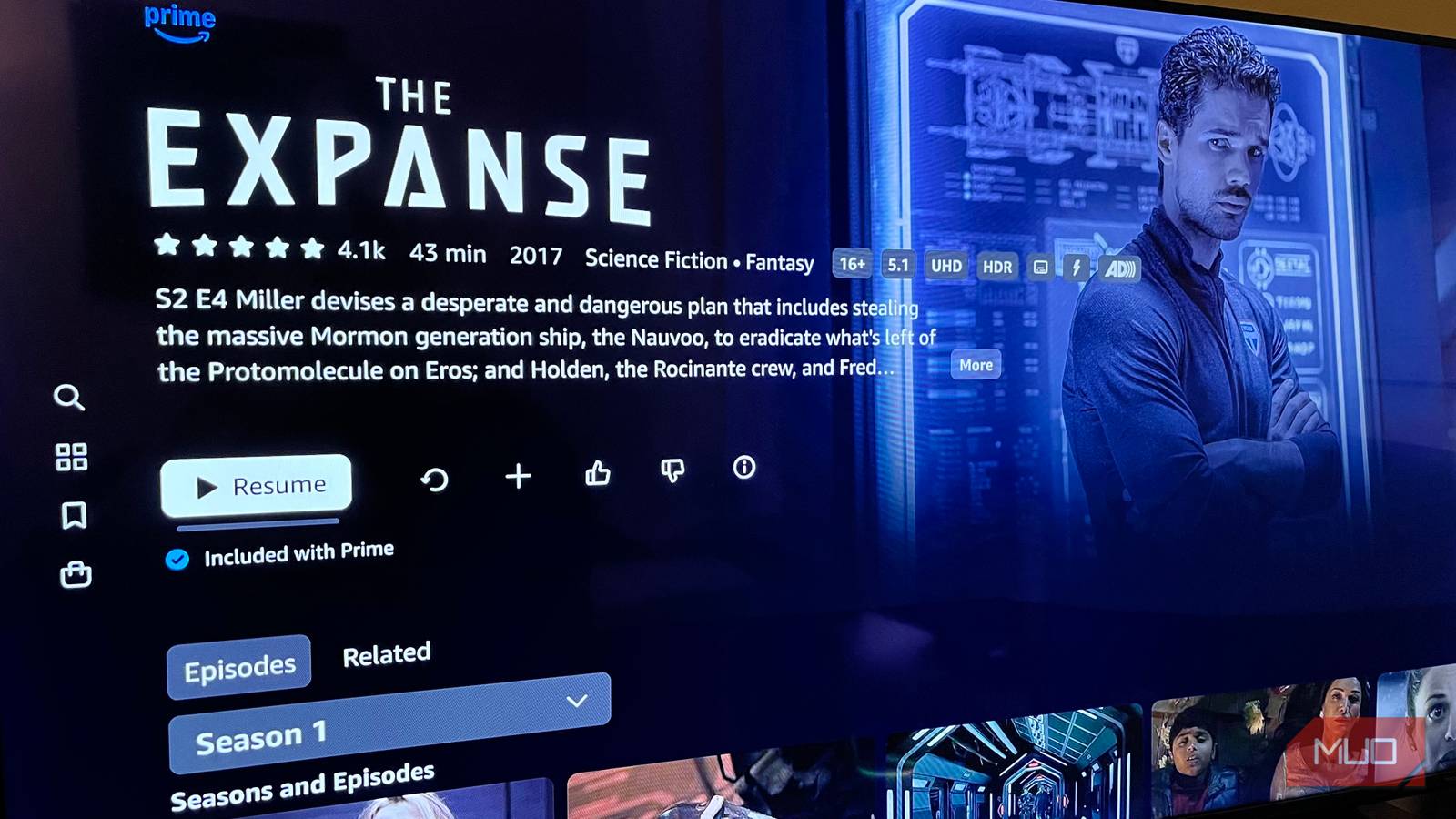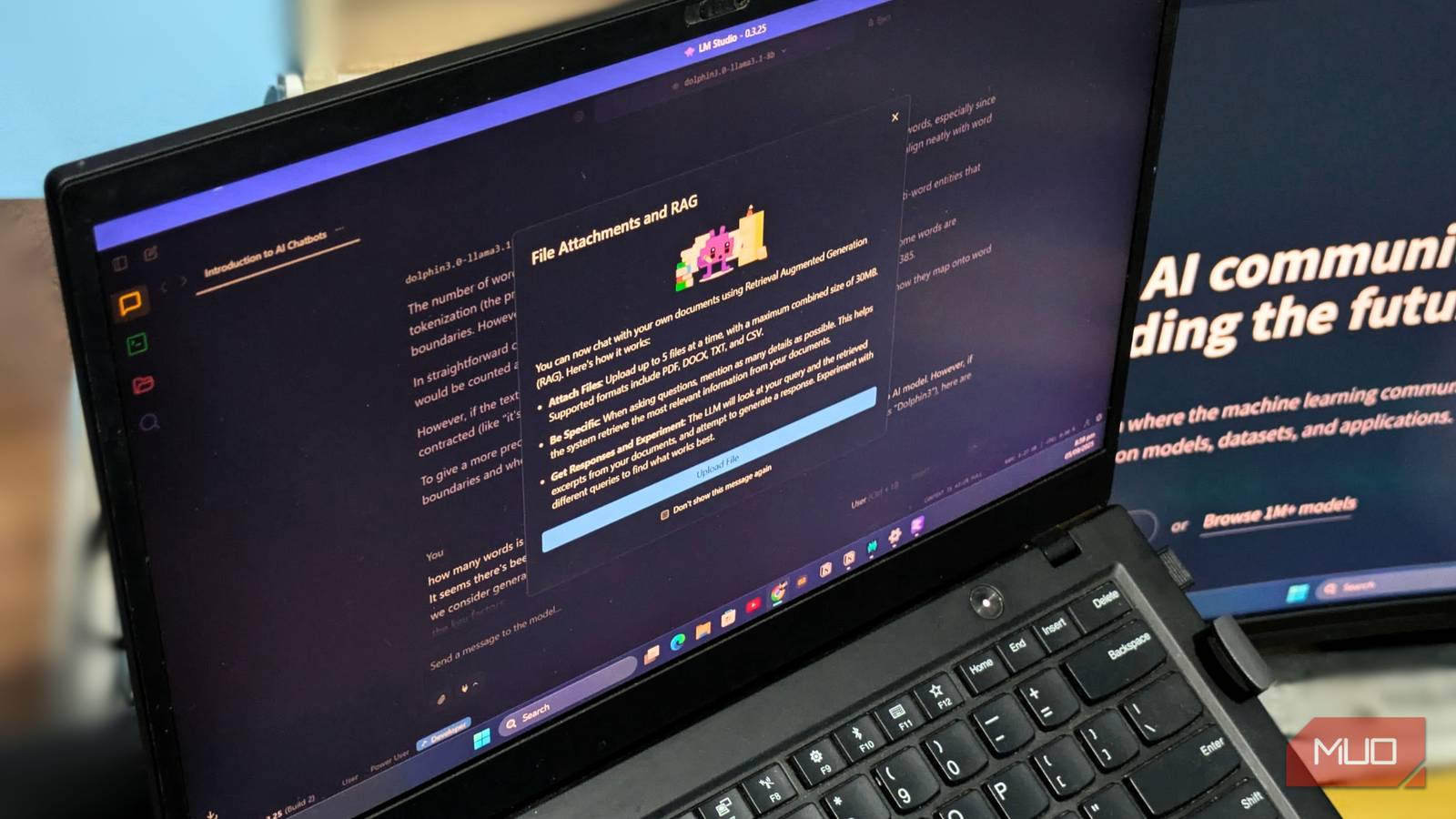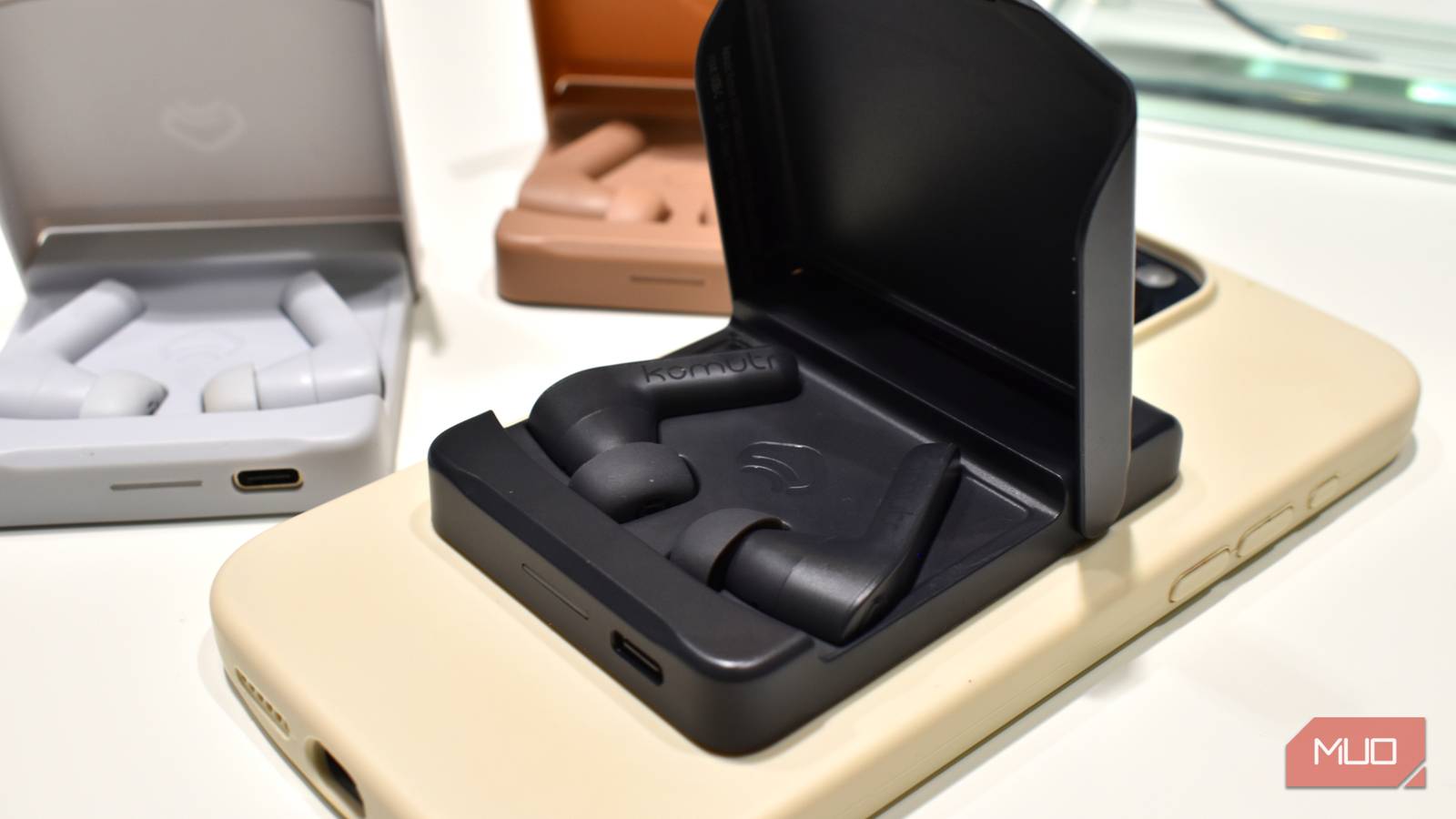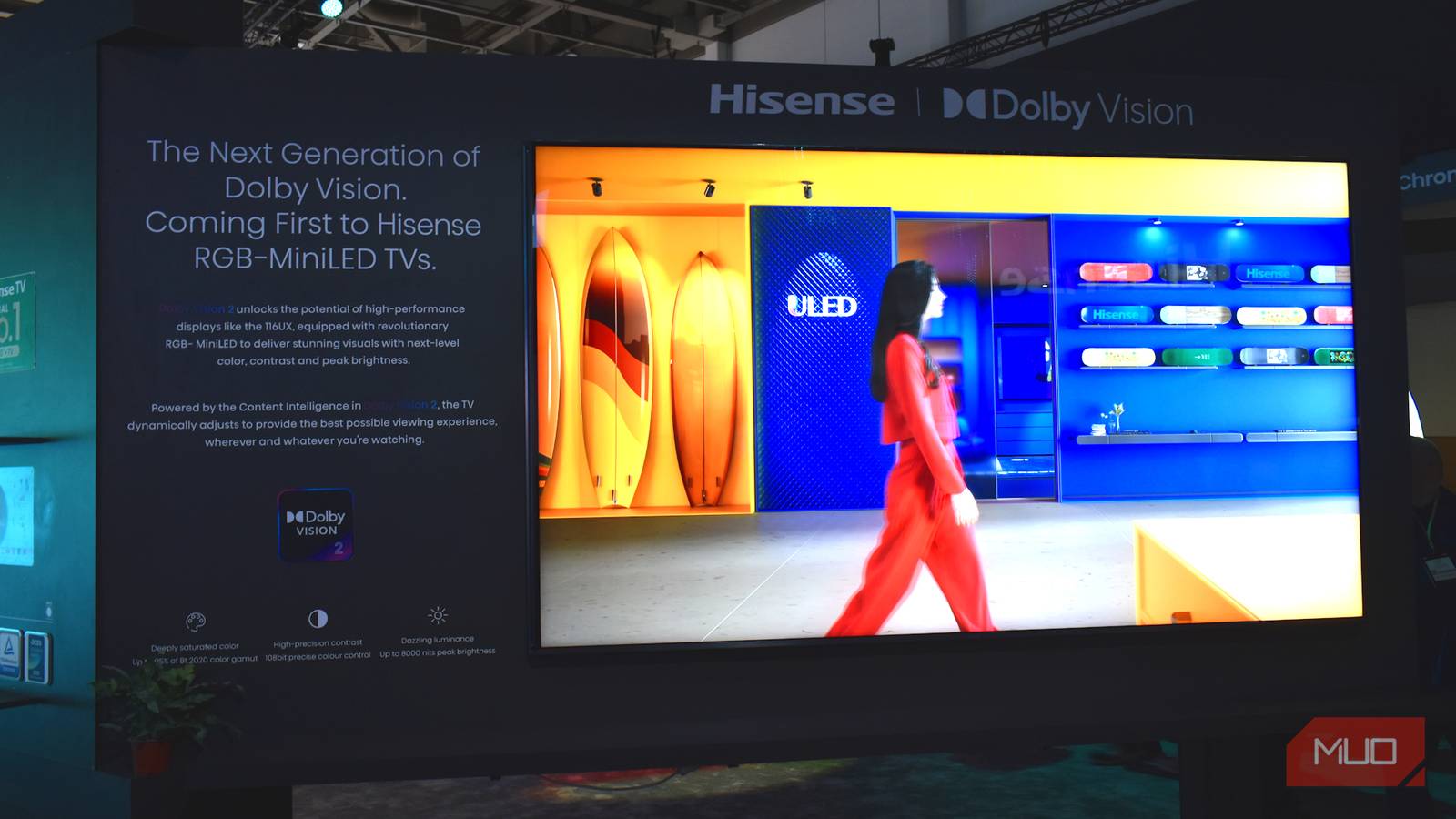Behind the sleek frame and beautiful screen, your OLED smart TV is quietly performing vital housekeeping. That’s right; while you may not see it or interact with it, this behind-the-scenes work keeps your OLED screen looking tip-top and is vital to your panel’s long-term health—which is why you shouldn’t mess with it!
It’s Called a Compensation Cycle
Every OLED TV has to deal with one unavoidable reality: pixel aging. Because each pixel emits its own light, it wears down at different rates depending on how often and how brightly it’s used. Over time, that uneven aging can cause image retention—or worse, permanent burn-in. That’s where the compensation cycle comes in (also known as pixel refresh, pixel cleaning, or panel refresh).
The compensation cycle is a built-in feature that balances out pixel wear across the screen. It’s essentially your TV’s way of recalibrating itself to prevent visual artifacts from building up. TVs like LG’s OLED lineup (including, but not limited to, the C1, C2, C3, C4, G4, and B4) run a “short” cycle automatically after every four hours of cumulative use. There’s also a more intensive “long” cycle that kicks in roughly every 2,000 hours.
Related
If Smart TVs Had These 5 Features, They’d Be Perfect
When I buy my next smart TV, I’ll be checking for all of these features.
The process typically takes anywhere from a few minutes to over an hour, depending on how much correction is needed. During this time, the TV’s power light may blink or change color, and the screen might display moving bar lines or remain completely black.
Most importantly, this happens automatically. You don’t have to remember when it’s due or manually schedule it; your TV is already tracking usage in the background.
Should You Manually Run the Maintenance Mode?
The short answer is: probably not, unless you have a specific reason. Your OLED TV’s engineers spent considerable time calibrating when and how often these cycles should run. The automatic system considers factors like total viewing time, content brightness levels, and the specific wear patterns of your display.
Many new OLED owners run manual compensation cycles regularly, believing it helps maintain their TV’s health. However, some Reddit users have pointed out that running these cycles too early or too often might do more harm than good. Instead of preserving the panel, frequent cycles can actually accelerate pixel wear. Each cycle applies stress to the organic materials, which can reduce your TV’s lifespan rather than extend it.
That said, there are valid cases where running a manual pixel refresh makes sense. For example, if you’ve just unboxed a new OLED and notice visible banding or uniformity issues, a manual cycle can significantly reduce those imperfections. Some users report that dark lines or banding improve noticeably after the first automatic cycle, especially on newer panels that haven’t fully stabilized yet.
Manual intervention may also be helpful if you’ve been gaming heavily with static HUD elements, watching news channels with persistent logos, or if several automatic cycles were interrupted due to power outages or other disruptions.
You might be wondering: “If my TV already does some kind of pixel cleaning every four hours, why not just run the manual one myself every now and then?” And that’s a reasonable thought. After all, that automatic one sounds way more frequent than anything you’d trigger manually.
However, the key difference is that the automatic refresh after four hours of use is a light maintenance pass, and not a full compensation cycle. It’s much less aggressive and designed to gently maintain the panel without stressing it. In contrast, a manual pixel refresher is more intensive and should only be run when absolutely necessary.
Most OLED TVs tuck this setting away in their menus. On LG models running recent webOS (i.e.,22, 23, 24), for instance, it’s under Settings > General > OLED Care > OLED Panel Care > Pixel Cleaning. Sony offers a similar feature, though the naming and menu path may differ slightly.
You Can Support the Compensation Cycle Without Overstepping
The simplest way to help your OLED maintain itself is to leave it plugged in. Use your TV’s power button or remote to shut down the display, not the wall outlet or power strip. When you see the power indicator behaving differently than usual—blinking, or changing colors—resist the urge to unplug anything. Your TV is working hard to maintain itself.
Here are a few other helpful habits:
- Enable screen savers or “logo dimming” features. For gaming, modern consoles (like the PlayStation 5 and Xbox Series X) have screen saver options (under the Power Saving settings menu) that turn off the screen after a period of inactivity. These features are designed specifically to protect OLED displays.
- Avoid leaving static images (e.g., paused YouTube videos, game menus, and news tickers) on screen for long periods.
- If you’re a heavy gamer or news watcher, try to vary your content occasionally. Watch a movie between gaming sessions, or switch to full-screen content after watching channels with persistent graphics. This gives different pixels a chance to work and prevents uneven wear patterns.
- Let your TV sit for 10–15 minutes after watching, especially if it prompts you with a pixel refresh notification.
- Check your TV settings menu for any power-saving features that you suspect might interfere with background processes.
- If you must use a power strip for surge protection, choose a smart power strip that can detect when devices (those with “master-control” or “always-on” outlets) need to remain powered, or simply leave your TV’s outlet always on.
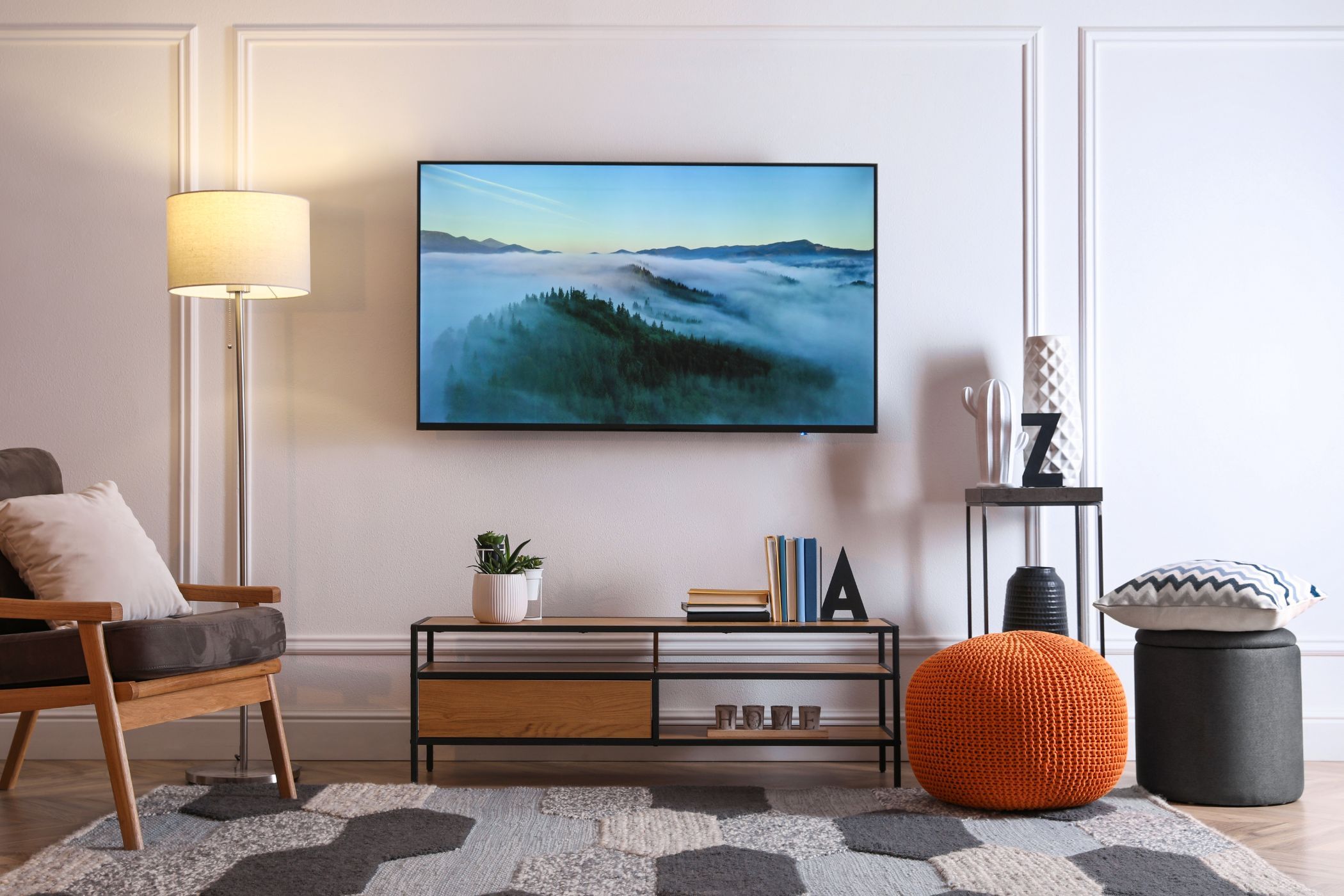
Related
You’re Not Using Your Smart TV’s Best Features—Here’s What You’re Missing
Your smart TV has so many amazing features you should be making the most of.
OLEDs have made significant strides in terms of panel longevity, and burn-in is no longer as concerning as it used to be. But, please, let the TV handle maintenance on its terms.



